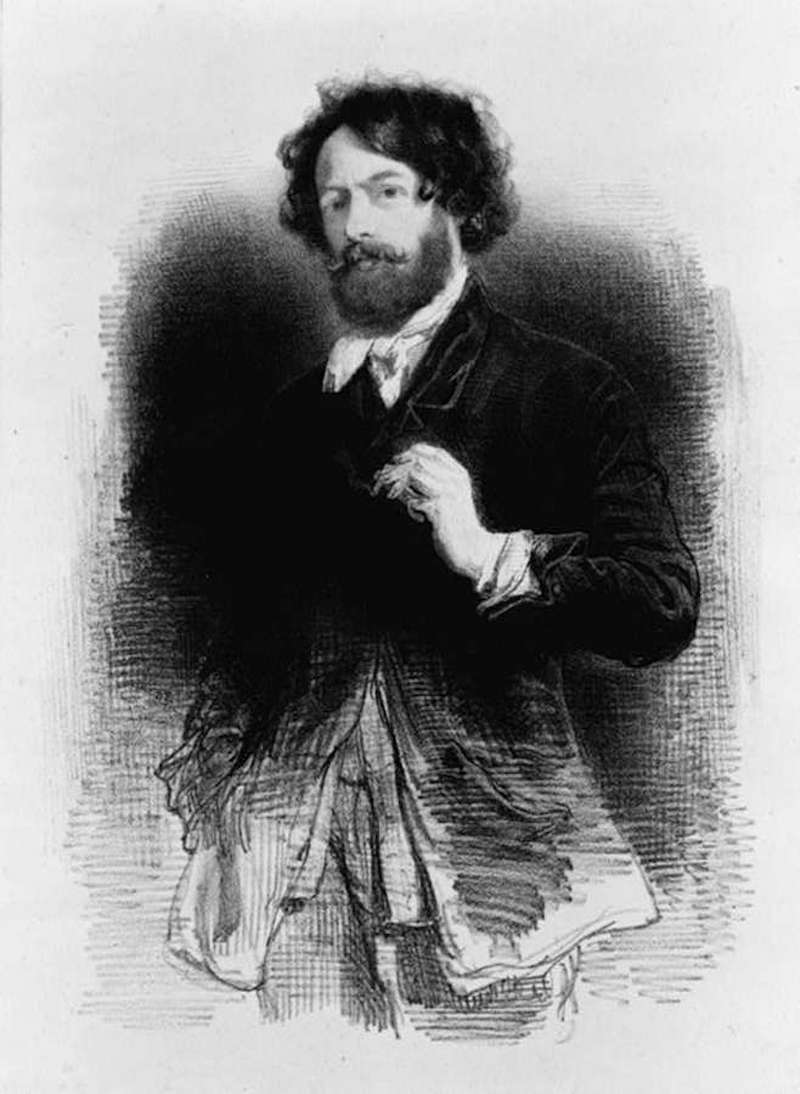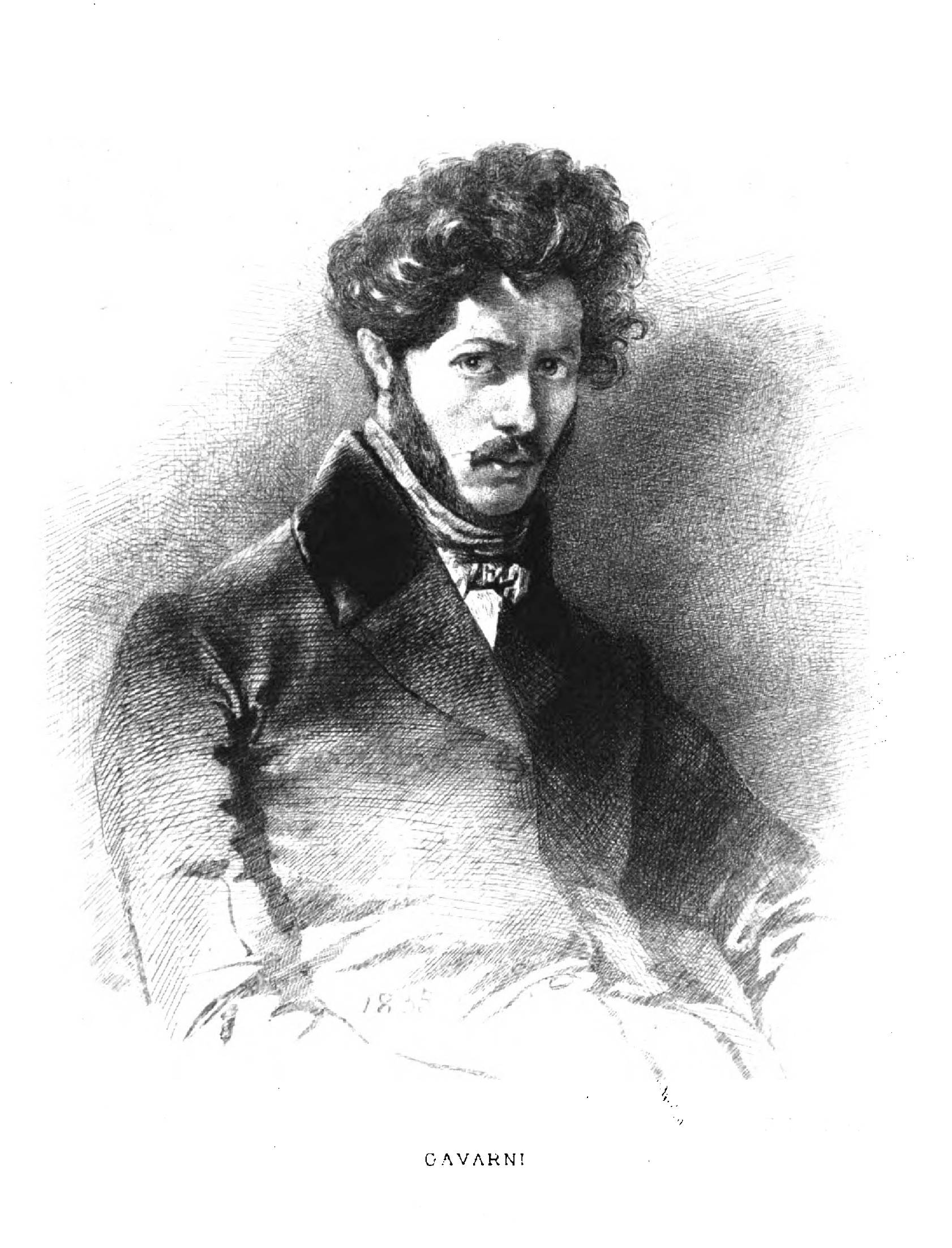Through ideas comes progress, and art as its fruit to mark the cornerstones of human achievements — the immortal pieces symbolising the passing of time: so it is known that artists shape their time, but are artist shaped by time?When we think of modernity, the Eiffel Tower comes to mind. Erected for the 1889 World's Fair, it was supposed to express all the futuristic developments of the epoch. So futuristic in fact, that the beloved Parisian tower of today was at the time subject to severe critique. Artists gathered in a committee to protest, and even a petition was put in motion to banish the “hateful shadow of the hateful column of bolted sheet metal”. Guess the epoch wasn't ready yet; it wasn't “fashionable” then. It’s particularly ironic to think that the tower was supposed to be taken down in 20 years, but its communication utility conquered destruction long enough to match future tastes. Einstein has told us that time is relative, but that is relatively unnoticed by those of us whose twin brother isn't traveling at the speed of light, or going for late walks by black holes. The social passing of time, though, is changing: “time” is passing ever faster. Tim Urban, author of my favourite blog (waitbutwhy.com), exemplifies this — if you transported someone from 1750 to this date, he would probably die by disorientation. But if this person travels to 1500, and brings anyone from then to his time, the 16th century person sure would learn a lot while in the18th century, but wouldn't be as shocked. Thus, with increasing technological and social development, the notion of passing time increases.This “time trigger” began with machines. Paul Gavarni’s career also began with machines, as he, like many others in his time, worked in a factory. Dedicating his spare time to drawing classes, he would eventually work for the Government Ordnance Department, land surveying and mapping. Only later would Gavarni dedicate his technique towards art, mainly through illustrations. It was the birth of realism, as literature aimed to take a clean picture of society, thus many of his illustrations reflect XIX century quotidian. Today, such illustrations are regarded as exercises in curiousity: everything, from clothing to posture, is so distant from today’s standards that a cloud of ridiculousness looms above what was once the norm. Reminding us that beauty has two layers, at its core an eternal bloom for harmony, and an circunstancial materialisation, ever evolving. Soon enough your fashionable haircut will be as cool as an 80’s mullet. For the further reading please visit my medium blog - you will find the link below.
Artur Deus Dionisio


 Paul Gavarni
Paul Gavarni